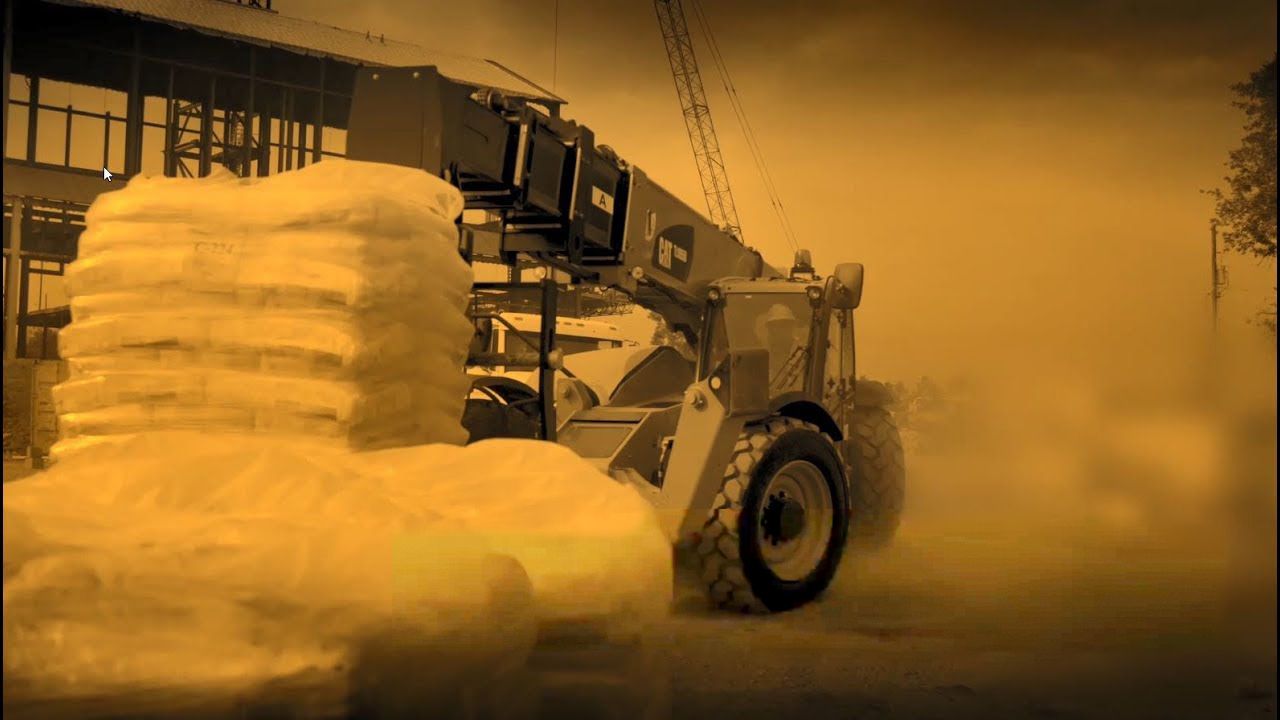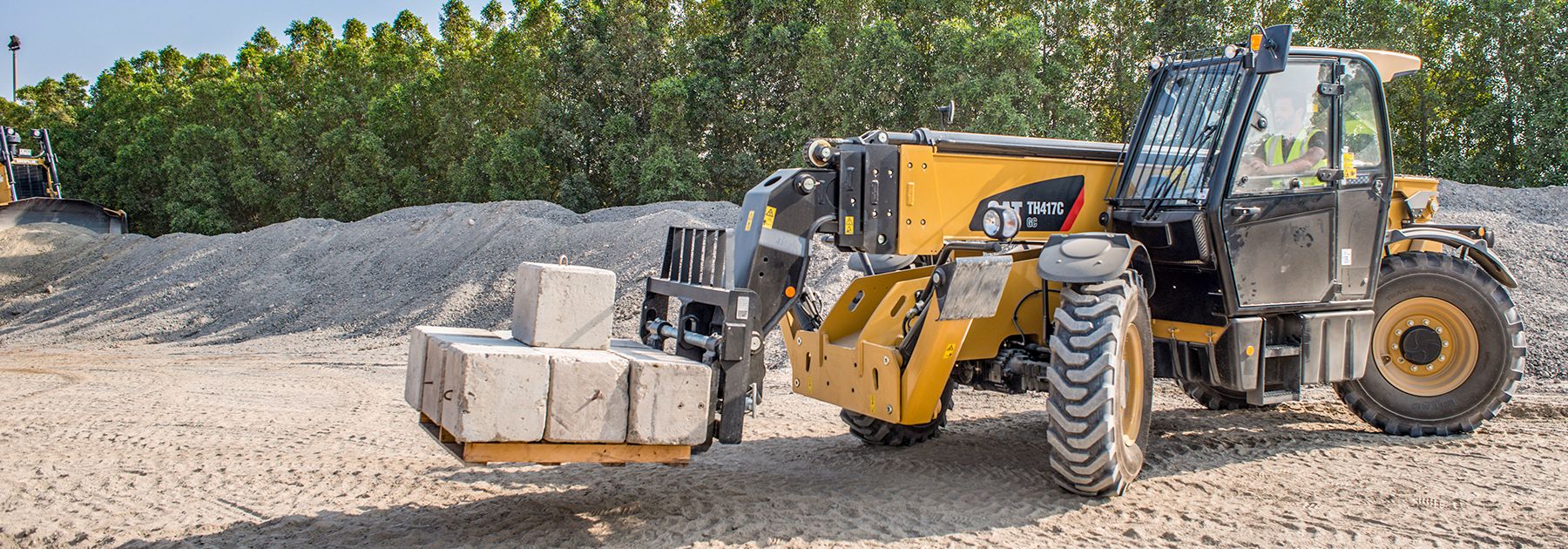

Sign In
Welcome! Sign In to personalize your Cat.com experience
If you already have an existing account with another Cat App, you can use the same account to sign in here
Register Now
One Account. All of Cat.
Your Caterpillar account is the single account you use to log in to select services and applications we offer. Shop for parts and machines online, manage your fleet, go mobile, and more.
Account Information
Site Settings
Security
Cat® Telehandler Maintenance: 250-Hour Service Check
More and more jobsites are depending on single machines with multiple applications. When you have a machine that can lift thousands of pounds of material 30 feet up, quickly move livestock feed, push snow and more, keeping your Cat® telehandler maintained and running like new helps reduce operating costs, downtime and jobsite accidents.
Along with daily checks, your Cat telehandler needs service checks at specific intervals to keep it operating at an optimum level. After 250 hours of operation, you’ll need to change fluids, like wheel-end and axle oil, and check specific components, like your engine belt, the transfer case oil level and wear pads.

Your Telehandler’s Break-In Period: What You Need to Know
When you first put your Cat telehandler into service, its moving parts need to adjust for optimal performance. This is known as the initial break-in period. During this time, working surfaces like bearings, bushings, cylinders and gears wear and self-polish. The rate of wear during the initial break-in starts high but declines as surface imperfections are worn away. Different components will also wear at different rates, requiring specific maintenance at certain intervals.
While the break-in process is necessary for the long-term health of your machine, it should be controlled according to your Operation and Maintenance Manual (OMM).
Changing Your Telehandler’s Axle and Wheel-End Oil
Because the break-in period creates debris, changing your telehandler’s axle and wheel-end oil at the 250-hour mark essential to minimizing wear. After this first service, your axle and wheel-end oil only need to be changed every 1,000 hours.
Depending on your telehandler model, the recommended oil will be different. Be sure to check which oil you need in your telehandler’s OMM, or call your local Cat dealer.
Using the incorrect oil causes seal failure and increases mechanical wear, meaning more downtime for repairs and shorter machine life.
Other 250-Hour Checks: Transfer Case Oil, Wear Pads and Inner Chains
Other parts of your Cat telehandler will need to be checked. Within the engine compartment, look to see if you need to add any transfer case oil or adjust the engine belt. As with your axle and wheel-end oil, the kind of transfer case oil you need depends on the telehandler model and the jobsite temperature.
At the front and rear of the boom, inspect the wear pads and inner chains. Finally, check the rear-axle stabilization system—what keeps the telehandler stable when lifting and placing objects by locking the back axle in place—to make sure it’s performing correctly.
Preventative Maintenance for Your Cat Telehandler
While following your OMM’s service intervals is key to ensuring your telehandler runs efficiently and safely for as long as possible, it isn’t the only task you should perform on a regular basis.
Along with greasing, checking for signs of visual wear and tear on your machine’s boom, linkages, hydraulics and tires can help you avoid costly issues. Be sure to check fluid levels and clear debris from filters and radiator fan grills. Also, you should check the condition of each attachment you plan to use. An attachment failure thirty feet in the air can cause more damage than one at ground level.
While it may be difficult to stay on top of proper preventative maintenance, it’s the best investment you can make after purchasing a Cat telehandler. Many issues can be avoided, keeping your machine performing like new while reducing costs.
All the necessary maintenance steps for your telehandler model are in your Operation and Maintenance Manual. For any further questions, reach out to your local Cat dealer.
Connect with Us
In person or online, we're here to help you find the answers you need. Reach out to your local Cat dealer for advice close to home. Sign up for our newsletter to hear from industry experts. Or keep exploring this site for additional information.

